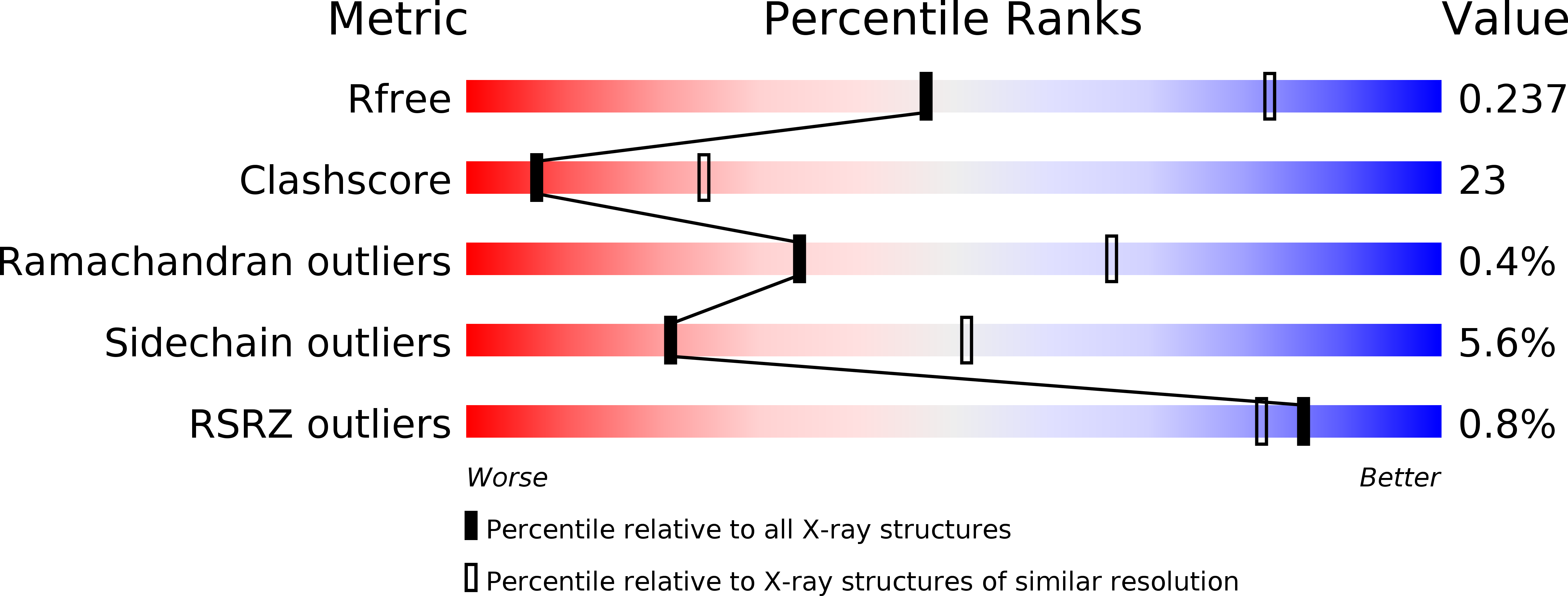
Deposition Date
2011-08-25
Release Date
2011-11-16
Last Version Date
2023-09-13
Entry Detail
PDB ID:
3TK3
Keywords:
Title:
Cytochrome P450 2B4 mutant L437A in complex with 4-(4-chlorophenyl)imidazole
Biological Source:
Source Organism:
Oryctolagus cuniculus (Taxon ID: 9986)
Host Organism:
Method Details:
Experimental Method:
Resolution:
2.80 Å
R-Value Free:
0.24
R-Value Work:
0.19
R-Value Observed:
0.19
Space Group:
P 3


